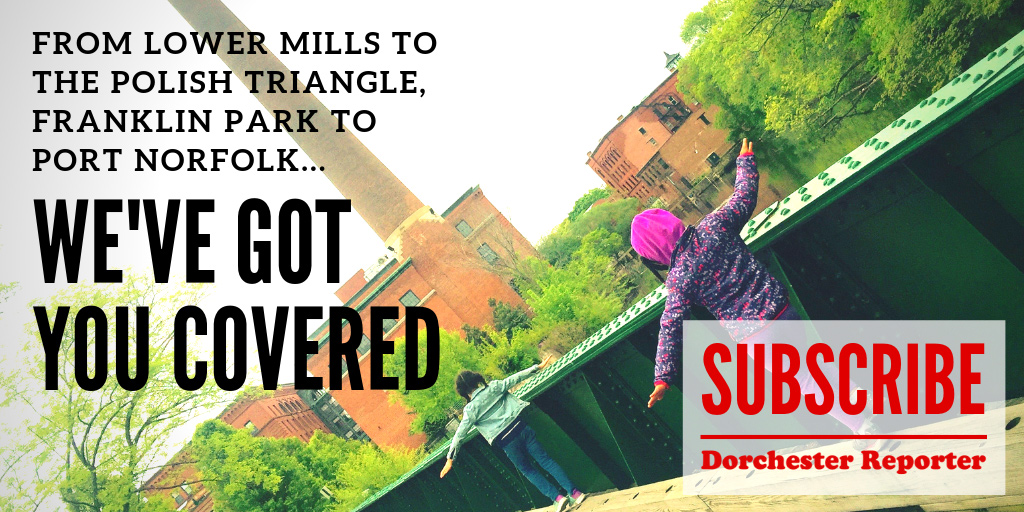April 22, 2025

Carney Hospital is shown on the week that it closed in August 2024. Seth Daniel/Reporter file photo
A 33-member working group tasked with studying the impacts of last summer’s abrupt closure of Carney Hospital and the re-use of the 12.7-acre Dorchester campus has issued a 61-page report carrying a set of recommendations that affirms the need to restore “direct health care services” on the site, but also leaves the door open to a mix of related uses, including “social services.”
The report — dated April 17— concludes: “Given the size of the hospital campus, the site could accommodate multiple uses, including direct health care services and uses that address longstanding unmet health-related social needs, as well as close gaps in social determinants of health.”
Directed to Gov. Healey and Mayor Wu, the study, described as a “framework for addressing gaps in health care and social needs in the community formerly served by Carney Hospital,” follows months of private meetings and one public listening session. The group, co-chaired by Boston’s Public Health chief, Dr. Bisola Ojikutu, and Michael Curry of the Mass League of Community Health Centers, has met more than a dozen times since last October.
The committee advises Healey and Wu that action steps should include the use of “local authority to ensure that current or future site owners include health care services on the Carney Hospital site.”
The panel recommends that the city and state “encourage the creation of a set of co-located health services to be included in any proposal seeking city and state approvals such as a high-quality urgent care center that accepts public and private insurance.”
It also advises that government “explore all available state and federal capital funding sources as well as any other mechanisms for operational funds to support the creation of new facilities serving the catchment area.”
The report includes an assessment of the existing main hospital building, which opened in December 1953. As previously reported by The Reporter, the submission is a mixed bag. While the report notes that the “overall, the occupied portions of the building appeared to be in fairly good condition,” with some sections renovated in the last decade, it also observes that “there are major deferred capital improvements” needed that “could require significant investment in the next 5-10 years.”
The report also urges leaders to focus on “the need to financially support organizations, including the area’s wealth of community health centers that have been working under challenging circumstances to address gaps in health services created or worsened by the closure of Carney Hospital.”
The closure of the Carney’s emergency department and behavioral health are underlined as urgent gaps in the local health care ecosystem, along with the dearth of primary care options in the neighborhoods most served by Carney.
A section of the report is devoted to a review of “case studies” that explore the uses of other former hospital campuses across the US. It found that “the creation of high-quality medical uses was often supported or enhanced by adjacent socially and economically beneficial uses on the land, including but not limited to childcare, affordable housing, and senior housing.”
Notably, the report makes no mention of the Carney as a likely or potential site for a school, despite a proposal by Carney’s current property owner, Apollo Global Management, to build a Boston Public School for health careers on the site. The possibility was one of five submitted to the city of Boston and BPS in response to a request for proposals made last year.
The report advises that city and state leaders should “address the immediate impact of the hospital closure on emergency medical services” by increasing financial support and reimbursements for existing community health centers to allow them to “meet the need created by the loss” of Carney’s ED.


